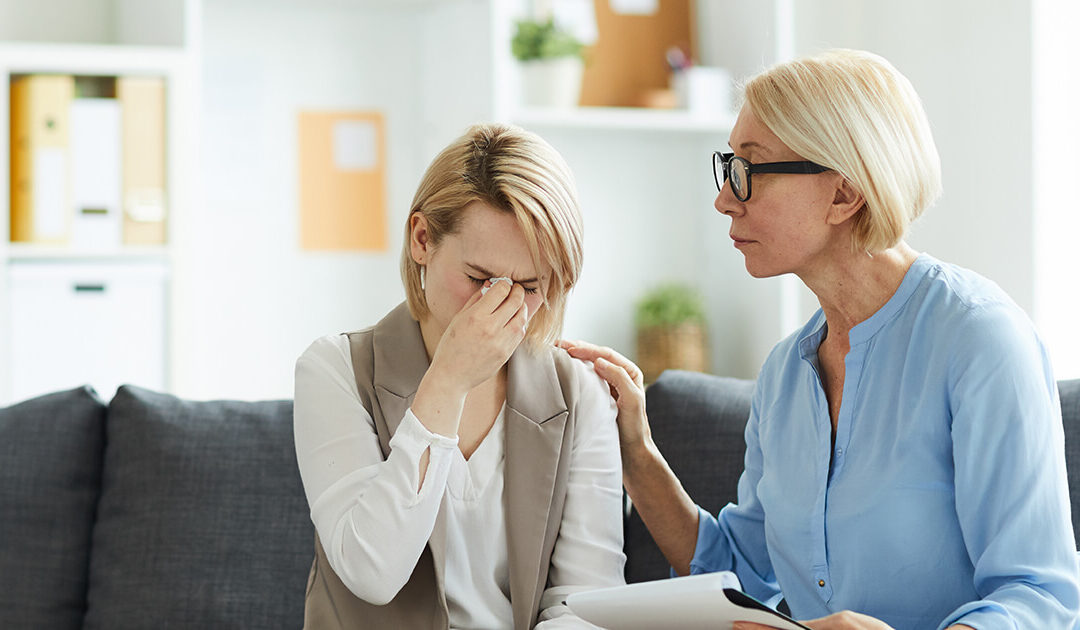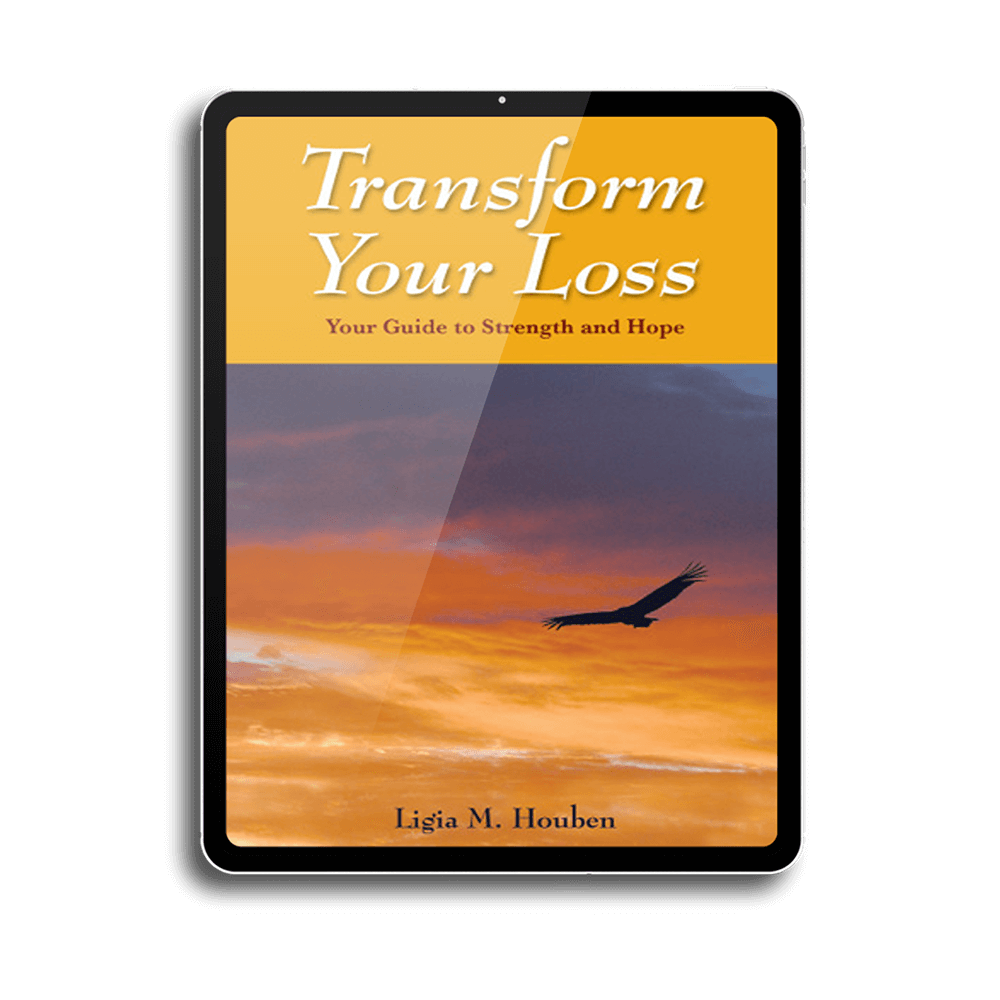The Art of Accompanying in Grief
This writing is an excerpt from a Facebook Live I did in Spanish, on June 21, 2020.
Good afternoon, everyone, we are continuing with our Sunday talks at 6pmET, 4 pm Nicaragua time. I always mention Nicaragua in a special way because being Nicaraguan gives me a lot of emotion to connect with the people of my homeland. I welcome you all to this Facebook Live. I had certain weeks of not doing them since I was going through a personal situation, a unique situation. Many of you know that my beloved mother, as I called her, and I will always call her, passed away two weeks ago. It has been something very strong, very hard, very painful. And as I say, grief is moment by moment. That is why I wanted to bring this message today.
Because this message is dedicated to all those people who are grievers, to those people going through the death of a loved one, and it is also addressed to those people who wish to accompany the griever. And I wanted to call this talk “the art of accompanying in grief.” What makes me call it an “art”? Because it’s an art! And as I’ve always told my clients when they’ve faced the loss of a loved one, people maybe tell you things with the best of intentions and you may feel in your heart that they didn’t help you. Why does this happen so often?
As we have said on other occasions, in our Western society we do not like to talk about death or talk about grief. Who likes it? But we all go through it… [that’s why] I wanted to talk about this.
What makes it an art, accompanying others in grief? Always knowing that it is about the other person. It is to accompany. It’s being there. How many times do friends and family members call me and say: “Ligia I’m going to go to a wake, I’m going to go to a funeral, I’m going to go visit someone who lost a loved one, what do I say? I don’t know what to tell them.”
The biggest thing we can do is to be there. Offer our love; to offer our understanding, to give them love, that’s what we need. Sometimes there are words that are said again as I said before, with the best of intentions. Sometimes what we need most is to be allowed to talk, that someone “holds the space” for us.
What the griever needs are to be listened to and understood. That if one wants to scream, let us scream; not to tell us, don’t feel like this, don’t tell us she wouldn’t want to see you like this, or he wouldn’t want to see you like this, don’t tell us you have to be strong… I’ve always said it in seminars, or to my clients: What does it mean to be strong? Does it mean to put on a mask as if we are not feeling anything? Or to be strong is to have the ability to connect with your real feelings and have that spiritual capacity to be able to express them? What does it mean to be strong to you?
I have shared this writing in its entirety in my new book Déjame vivir mi duelo…and heal from the inside out, (Allow Me to Grieve…and Heal from the Inside Out), which will be published in June, just for the second anniversary of my beloved little mother. This fills my heart with joy. At the end of the year, it will be available in English.




